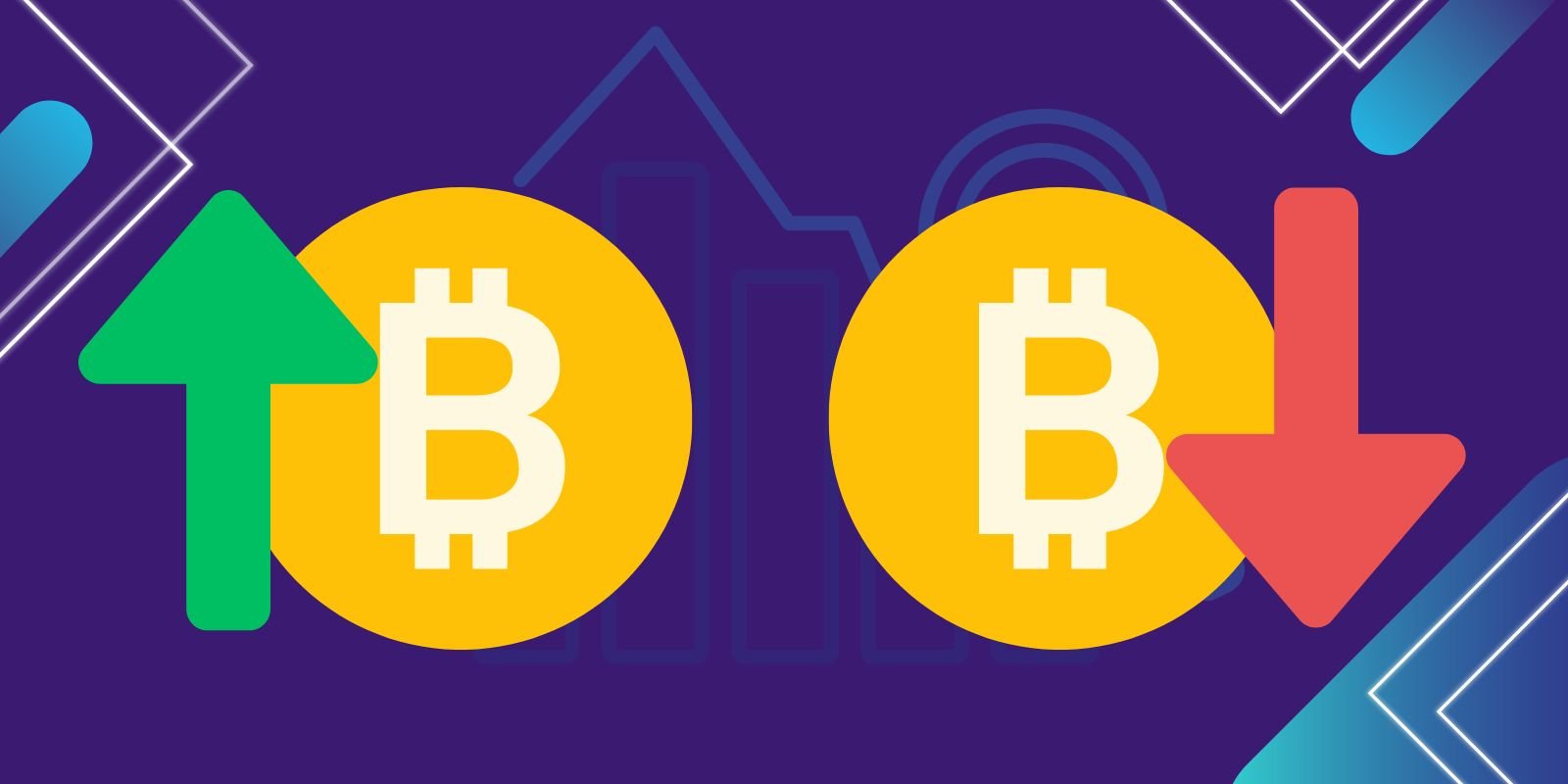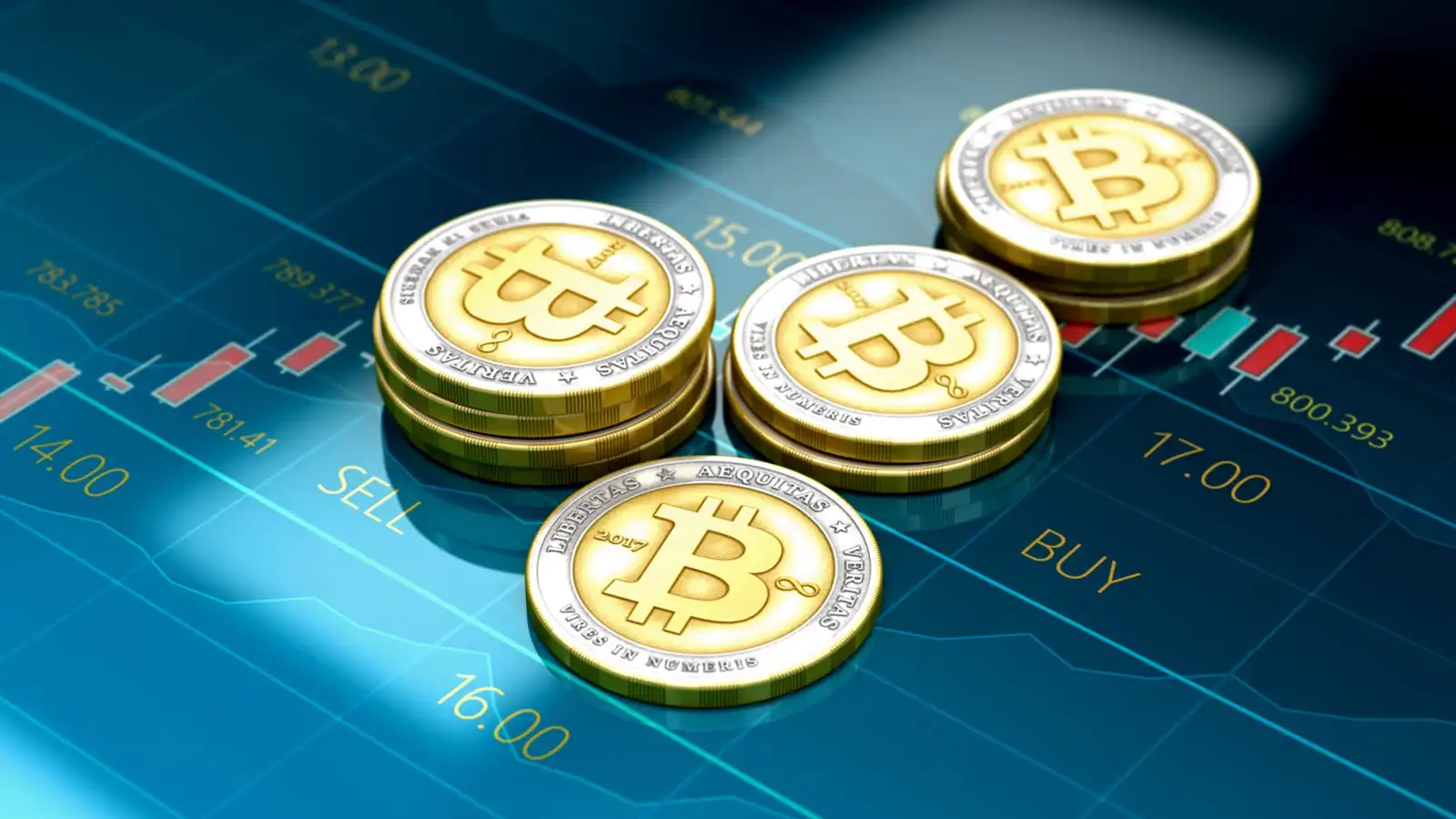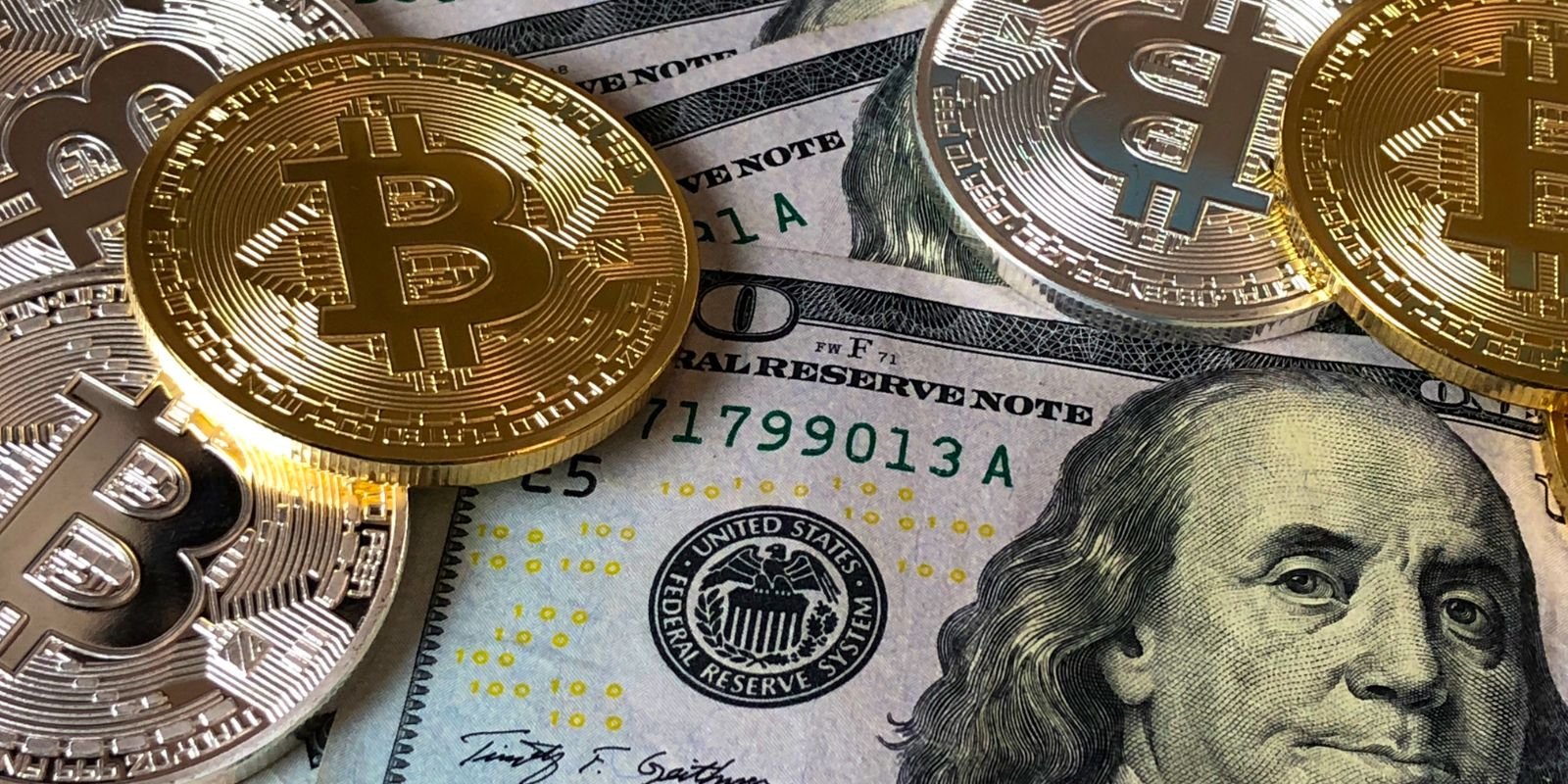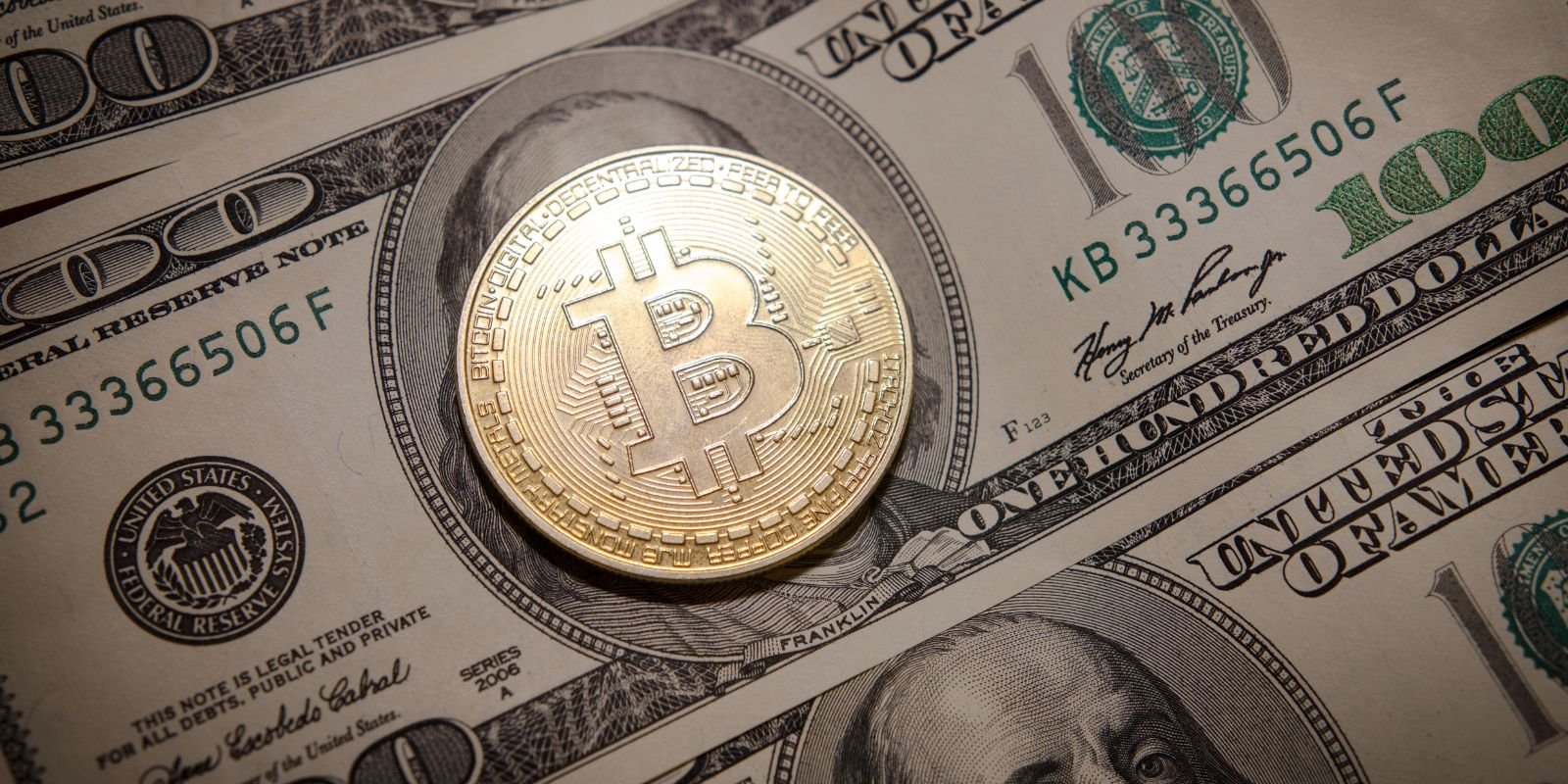Have you been thinking about investing in Bitcoin? If so, then you’re likely aware of how volatile the cryptocurrency market can be–both positively and negatively. To make matters more complicated, if you invest in Bitcoin, you need to understand the differences between inflation and deflation, their effects on the prices of Bitcoin, and how to prepare for them both.
While they have similar sounding names, inflation and deflation are two vastly different economic concepts that can both affect the prices of Bitcoin. Inflation occurs when there is an increase in the money supply that leads to a decrease in the value of money. On the other hand, deflation is when there is a decrease in the money supply which leads to an increase in the value of money.
Now that you have a basic understanding of inflation and deflation, let’s dive into what they mean for those interested in investing in Bitcoin and how you can prepare for either one.
Inflation vs. Deflation: How Inflation Impacts Bitcoin Prices
When it comes to inflation and cryptocurrency, it’s important to understand how they interact. Inflation is a rise in the general price level of goods and services over a given period of time. As prices increase, the value of money falls, as you can buy less with the same amount of money.
When inflation rises, Bitcoin prices also tend to rise since Bitcoin is seen as a hedge against inflation. This is because people may perceive cryptocurrencies like Bitcoin as more stable than fiat currencies as they are not subject to government control or interference. Additionally, investors may be drawn to investing in Bitcoin due to fears of inflation leading to devaluation in other financial systems.
On the other hand, if there is deflation—a decrease in the general price level of goods and services—then this could lead to a decrease in Bitcoin’s price since it would be harder for investors and traders to make profits when they buy and sell cryptocurrency in Dubai or in any other part of the world.
Inflation vs. Deflation: Deflationary Pressures and Bitcoin: Why Falling Prices Boost Bitcoin
On the opposite side of inflation is deflation. Deflation occurs when prices of goods and services tend to drop, resulting in a decrease in consumer demand. This is because consumers expect that prices will continue to fall leading them to delay their purchases. When it comes to Bitcoin, deflationary pressures have a positive effect on the cryptocurrency’s price.
Deflationary pressures can boost Bitcoin’s price due to its limited supply. As we mentioned before, there will only ever be 21 million Bitcoins mined, meaning that the number of Bitcoins available for purchase gradually decreases over time as they are bought and sold on exchanges. This creates scarcity — since it is harder for buyers to find coins — and pumps up the price of the remaining coins as demand increases but supply does not.
In addition, deflationary pressures also make Bitcoin more attractive as an investment vehicle due to its hard-coded scarcity, predictable inflation rate (as a result of halving), and low correlation with traditional asset classes such as stocks and bonds. All of this incentivizes investors looking for portfolio diversification to invest in Bitcoin despite its volatile nature because they know that if they wait long enough, the price will eventually go up again when the market catches up with its inherent value.
The Inflation of Bitcoin Supply and Protocol
Another caveat of understanding the relationship between inflation and deflation when it comes to Bitcoin is that there is a finite supply of Bitcoin. There are 2.3 million Bitcoin left to be mined. This finite supply means that the effects of inflation, as measured by the Consumer Price Index (CPI), will not directly apply to Bitcoin — even though the currency may see increased activity and higher prices during times of traditional inflation as well.
Additionally, Bitcoin follows its own protocol which controls when more Bitcoins are created and released into circulation. This protocol, called halving, halves the amount of Bitcoin produced in each mined block roughly every four years — reducing new supply and pushing up demand.
Halving has already happened twice since it was first implemented in 2009 and is planned to occur again this year in May 2021. The current halving will drop from 12.5 Bitcoins per block to 6.5 Bitcoins per block produced — meaning there will be fewer Bitcoins entering circulation over time, contributing to a deflationary effect on prices in the long run.
Inflation vs. Deflation: What Happens to BTC Prices During Money Inflation?
When inflation rises, the value of a currency decreases—and that’s true for Bitcoin as well. As money printing continues, it becomes less and less valuable compared to other assets, like gold and silver. In addition, the number of Bitcoins in circulation also affects its price: there are currently 18.6 million BTC in circulation today, and only around 21 million BTC total can ever be mined. As demand for Bitcoin increases, and supply is still relatively low, prices tend to rise.
However, there’s something else you need to consider when it comes to inflation: inflationary pressure also creates uncertainty in a currency’s value—which means that fewer people might be willing to invest in Bitcoin during times of inflation, causing prices to drop.
So what does this mean for you? Knowing how inflation impacts BTC prices can help you better predict what will happen in the future—allowing you to make informed decisions about when to buy or sell Bitcoin.
Bitcoin as a Hedge Against Inflation: Why Bitcoin Is Seen as “Digital Gold”
Have you ever heard of Bitcoin as a hedge against inflation? If not, it’s time you get with the digital gold program.
Simply put, Bitcoin is seen as digital gold by many investors due to its ability to hold its value during times of inflation or deflation. Inflation is when prices increase and the value of money decreases — like when things cost more than they used to. Deflation is the opposite: prices go down and the value of money goes up. In either case, Bitcoin can be a powerful hedge against both inflation and deflation — because it remains unaffected by outside economic forces.
So why exactly is Bitcoin such a great option for investors looking for a hedging strategy? Here’s why:
- It’s decentralized: This means no one entity has control over Bitcoin’s supply or price, which makes it stable in times of extreme economic shifts because it its this feature people tend to buy Bitcoin in Dubai and all around the globe.
- Supply is limited: Not all cryptocurrencies can be mined or generated infinitely, which makes them more resistant to inflationary pressures compared to currencies that can be printed out of thin air and debased.
- It serves as an alternative form of payment: Investors often flock to Bitcoin during periods of high inflation because it provides an alternate way to pay for goods without relying on fiat currency, which can become less valuable over time.
- It has low transaction costs: On top of that, transactions made with Bitcoin are cheaper than traditional wire transfers or credit card payments — another huge bonus during times of economic instability.
By understanding these benefits and investing in Bitcoin during times of extreme market shifts, investors can protect their portfolios from potential losses while also taking advantage of potential gains over time.
Inflation vs. Deflation: Managing Your Bitcoin Portfolio in an Era of Rising Prices
You can also manage your Bitcoin portfolio in an era of rising prices. As the price of Bitcoin rises, investors must take a more active approach to their portfolios in order to protect them from extreme swings in price.
Diversify Your Portfolio
One important way to do this is through diversifying your portfolio. By diversifying your investments, you will be able to spread out the risk and decrease the volatility of your overall portfolio. This means that if one of your investments performs poorly, you will still have other investments that may perform better.
Hedge Your Positions
Another way to manage your Bitcoin portfolio is through hedging. This technique involves taking both long and short positions on different markets or assets in order to minimize losses in case one of the positions turns out negatively.
Rebalance Regularly
Finally, it’s important to regularly rebalance your portfolio. Rebalancing means periodically adjusting the allocation of assets within an investment portfolio so that it matches what was initially intended when it was designed. This helps ensure that the overall investment strategy remains on track and can help investors maximize returns over time (while still managing risk).
The Future of Inflation, Deflation, and Bitcoin Prices: How to Profit
The future of inflation, deflation, and Bitcoin prices is still uncertain. So, what can you do to prepare?
Hedging Strategies
One strategy is to hedge your investments using futures, options, and other derivative contracts. Hedging investments can help protect you from large swings in the market. This would be done by taking both long and short positions with different currencies or types of assets.
Diversification
By diversifying your cryptocurrency portfolio across different sectors, you’ll be able to benefit from the relative volatility of each sector. For example, you could hold a portion of your money in stablecoins to help manage the risk associated with inflation and deflation. You could also use ETFs (exchange-traded funds) as a way to spread out investments across many markets and sources such as stocks, commodities, bonds, etc.
Finally, you should consider Bitcoin ETFs if you want exposure to the crypto market without having to directly purchase it yourself. Bitcoin ETFs give access to Bitcoin without actually owning it – allowing you to benefit from its rise in price without taking on too much risk.
No matter what strategy you choose, it’s important to remember that inflation and deflation will have an effect on the price of Bitcoin, so it’s best to be prepared for whatever might come next!
Summary
Ultimately, inflation and deflation are two sides of the same coin. They have both been known to have an effect on Bitcoin’s prices, depending on which is prevailing at a certain time. While it’s impossible to predict which way the market will go, it’s possible to prepare for either scenario by diversifying your positions and staying informed.
No matter which way the market goes, it’s important to stay on top of the latest news and trends so you can make the best decisions for your investments. Whether you are a beginner or an experienced investor, understanding the effects of inflation and deflation on Bitcoin’s prices can help you prepare for whatever comes your way.






